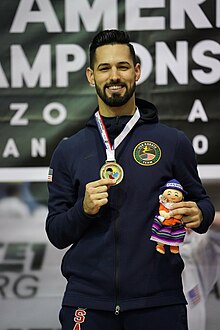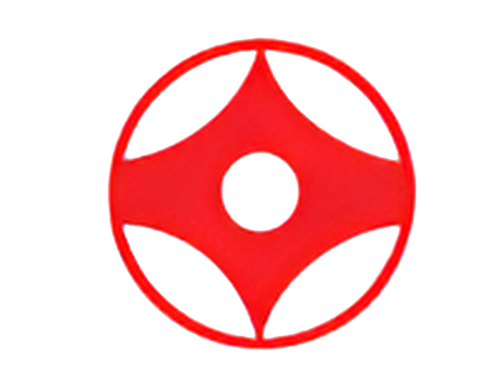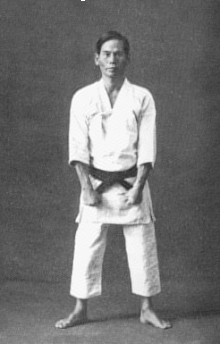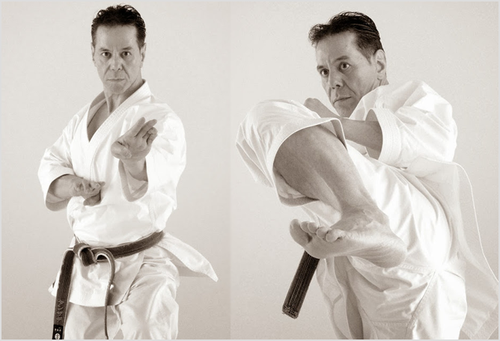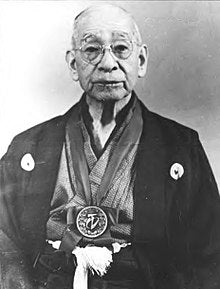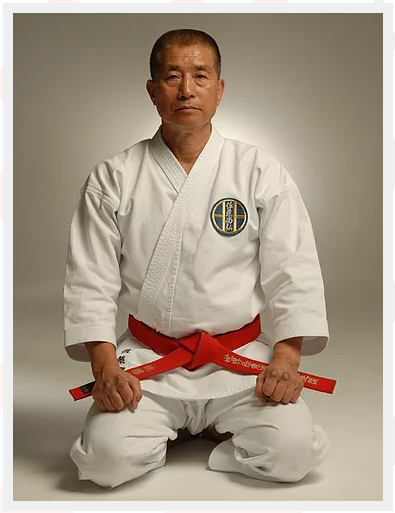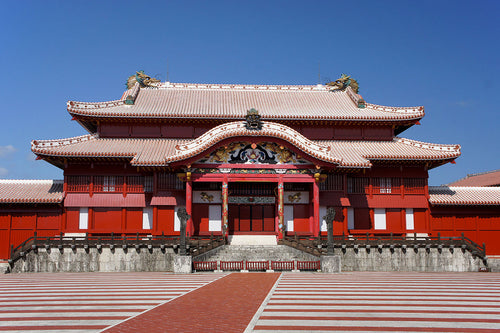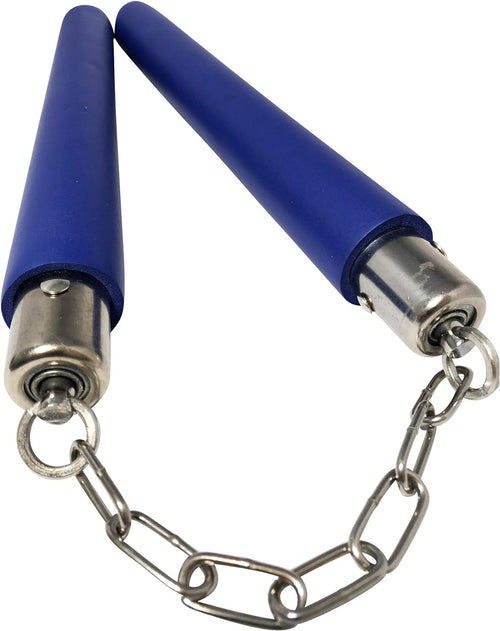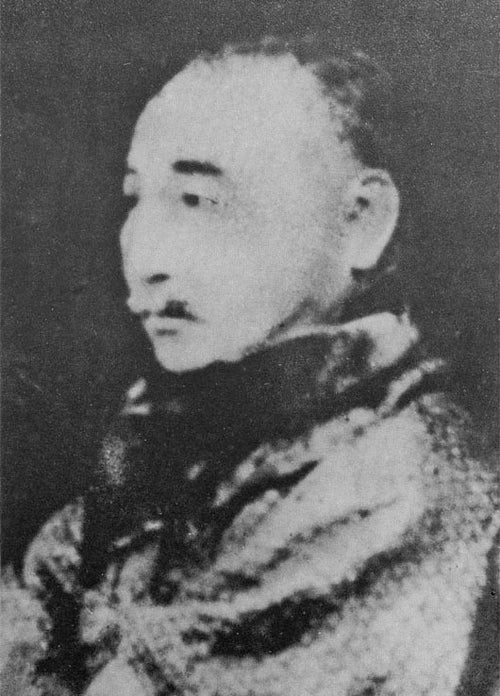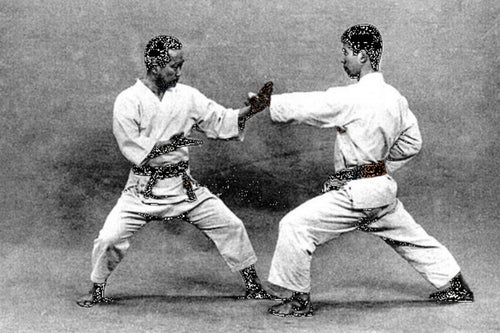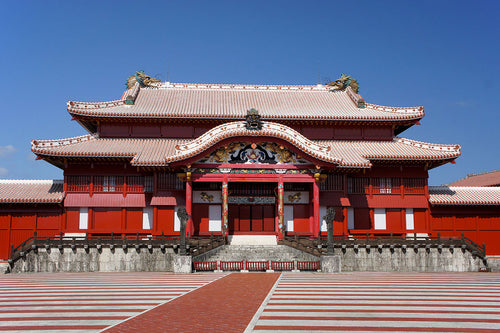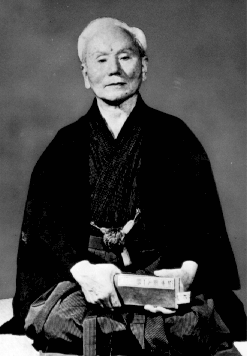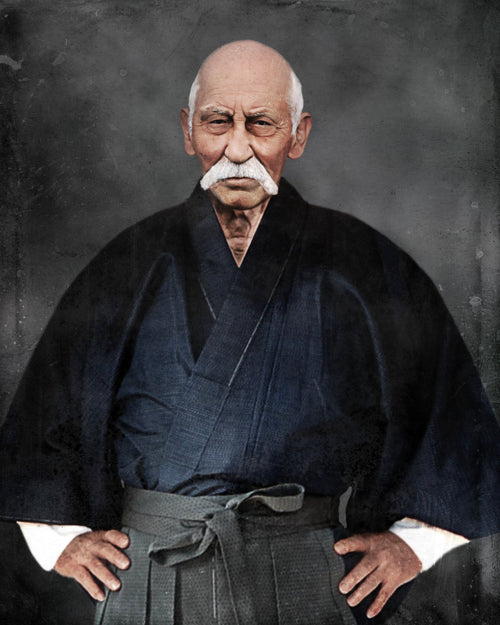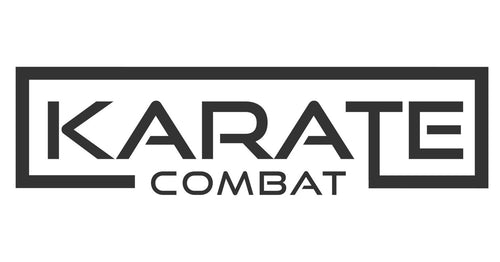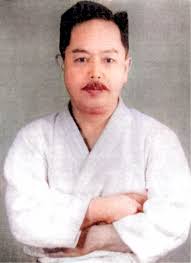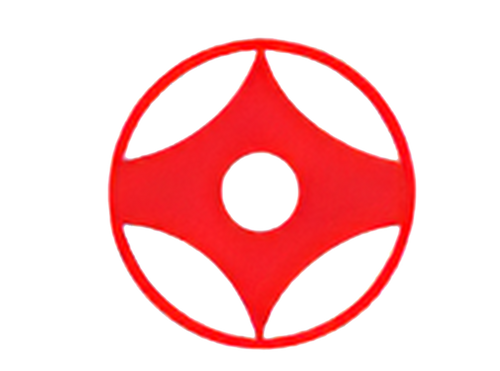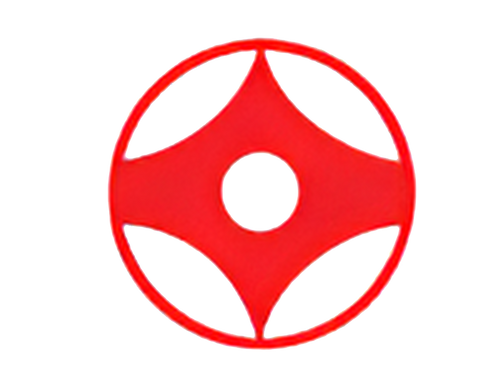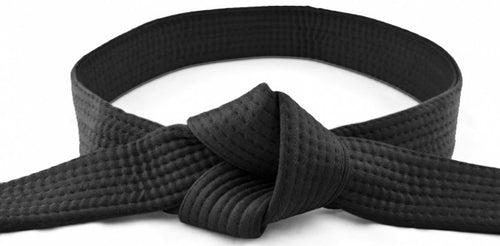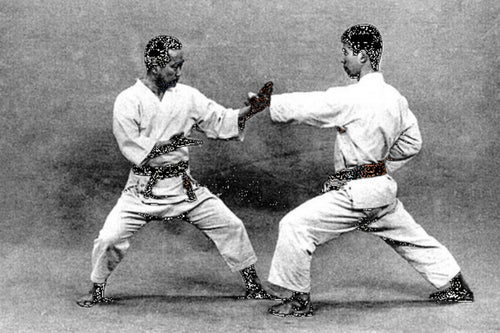Unveiling the Secrets of Shotokan Karate: A Comprehensive Guide
Shotokan Karate is a traditional martial art that originated in Japan. It is characterized by its powerful strikes, dynamic movements, and emphasis on discipline and respect. In this comprehensive guide, we will explore the various aspects of Shotokan Karate, from its history and philosophy to its training techniques and principles.
History of Shotokan Karate
Shotokan Karate was developed by Gichin Funakoshi in the early 20th century. Funakoshi was a master of Okinawan Karate and introduced the art to mainland Japan. He combined elements of traditional Okinawan Karate with his own philosophies to create Shotokan Karate. The art gained popularity and spread globally, becoming one of the most widely practiced styles of Karate.
Shotokan Karate is known for its focus on strong stances, powerful strikes, and efficient techniques. It emphasizes the development of physical strength, mental discipline, and spiritual growth. Practitioners of Shotokan Karate strive to achieve balance and harmony in their movements, aiming for perfection in both technique and character.
Training in Shotokan Karate
Training in Shotokan Karate involves a combination of physical conditioning, technical drills, and sparring. The training sessions typically begin with warm-up exercises to prepare the body for the intense physical demands of the art. This is followed by practicing basic techniques such as punches, kicks, and blocks.
Shotokan Karate places a strong emphasis on kata, which are prearranged sequences of movements that simulate a fight against imaginary opponents. Katas help practitioners develop proper form, timing, and focus. They also serve as a means of transmitting the techniques and principles of the art from one generation to the next.
Sparring, known as kumite, is an essential component of Shotokan Karate training. It allows practitioners to apply their techniques in a controlled environment, testing their speed, timing, and strategy. Kumite also helps develop mental fortitude, teaching practitioners to remain calm and focused under pressure.
Philosophy and Principles of Shotokan Karate
Shotokan Karate is not just about physical techniques; it also encompasses a philosophy and set of principles that guide practitioners in their training and daily lives. The Dojo Kun, a set of five principles, is recited at the beginning and end of each training session to remind practitioners of their commitment to self-improvement and ethical conduct.
- Seek perfection of character
- Be faithful
- Endeavor
- Respect others
- Refrain from violent behavior
These principles encourage practitioners to cultivate discipline, humility, and respect for others. They serve as a foundation for personal growth and development both inside and outside the dojo.
Benefits of Practicing Shotokan Karate
Practicing Shotokan Karate offers numerous physical, mental, and spiritual benefits. The rigorous training helps improve cardiovascular fitness, strength, flexibility, and coordination. It also enhances mental focus, discipline, and self-confidence.
Shotokan Karate provides a holistic approach to personal development, fostering qualities such as perseverance, resilience, and self-control. It instills a sense of responsibility and respect for others, promoting harmony and peaceful coexistence.
Moreover, Shotokan Karate can be practiced by people of all ages and fitness levels. It offers a lifelong journey of learning and self-discovery, with opportunities for personal growth and achievement.
Conclusion
Shotokan Karate is a rich and comprehensive martial art that encompasses physical techniques, philosophical principles, and a code of ethics. Its history, training methods, and benefits make it a popular choice for individuals seeking self-improvement and personal growth. Whether you are a beginner or an experienced practitioner, Shotokan Karate offers a rewarding journey of self-discovery and lifelong learning.



